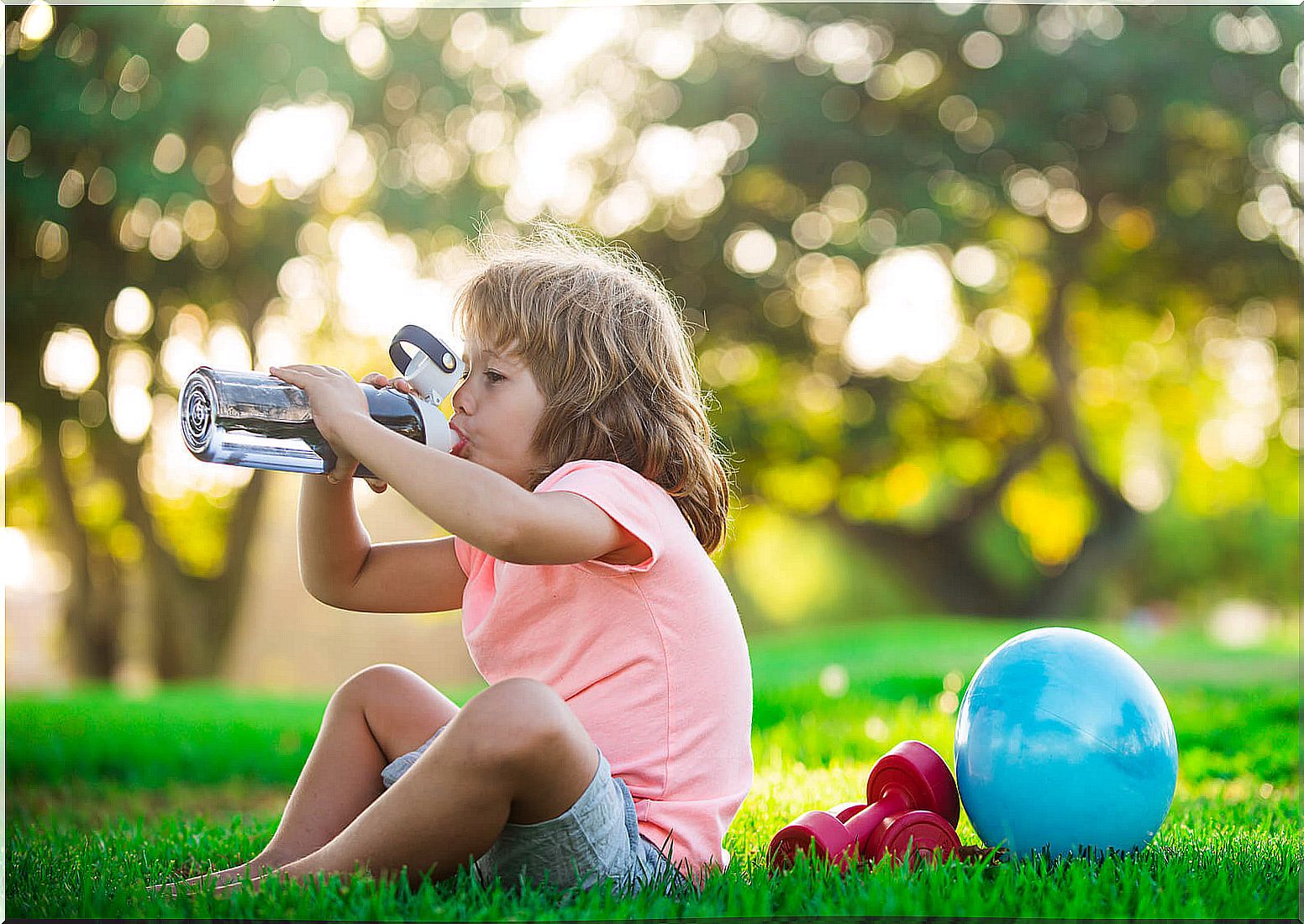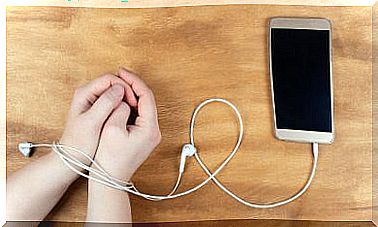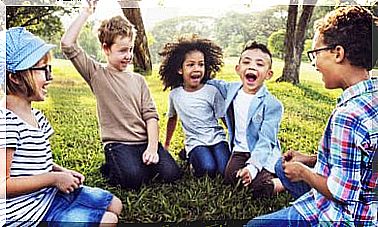Physical Activity Guidelines For Children Under 5 Years
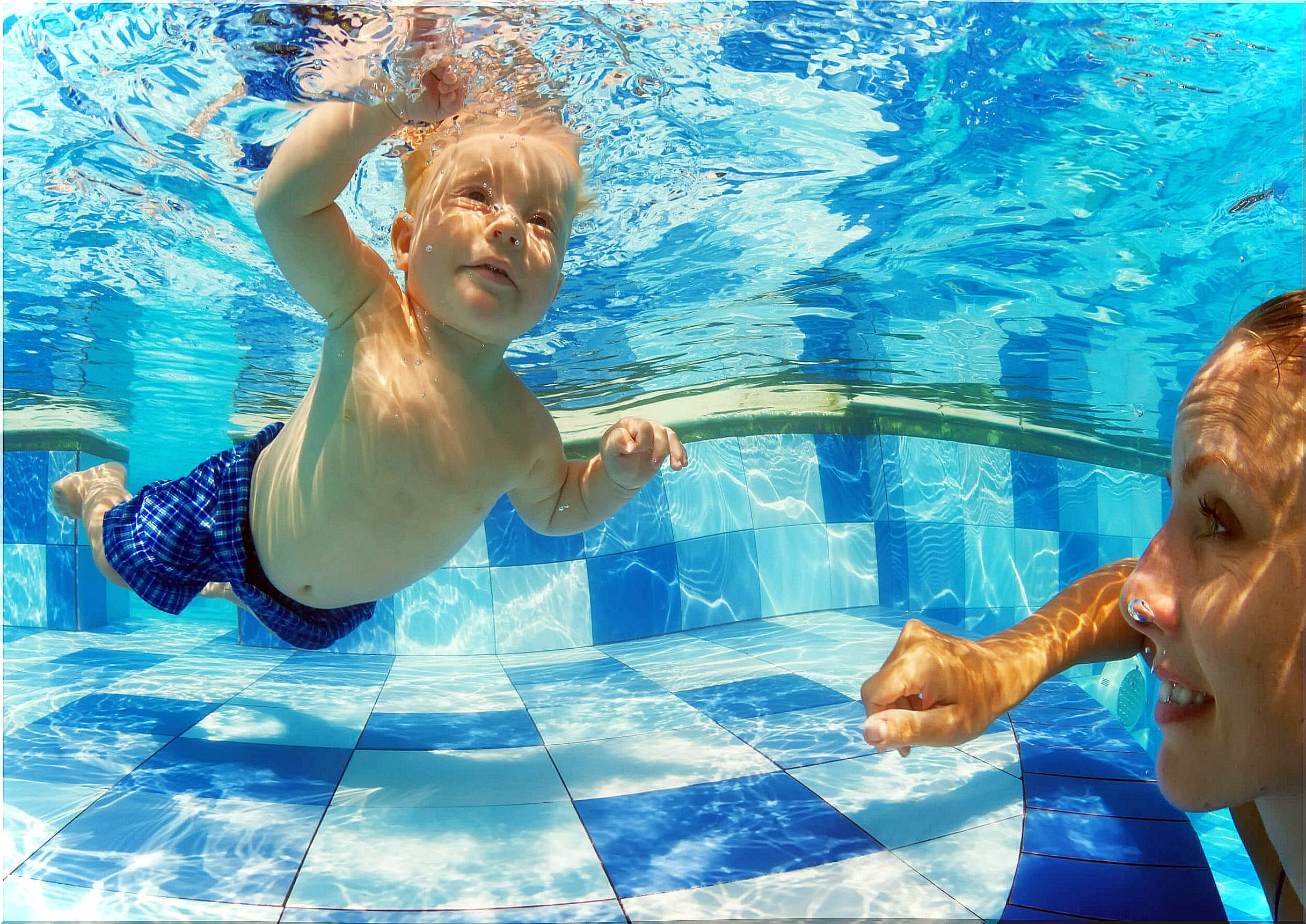
How much physical activity should children under 5 years of age get? If exercise and movement is vital for children of all ages, for the little ones it is even more important.
Being physically active every day is important for the healthy growth and development of babies and young children. Also, they love it; do not insist on it or force them. You just have to give them the opportunity.
Physical activity for children under 5 years of age includes both structured activities and unstructured free play. In addition, it can be done indoors or outdoors. Any form of movement is valid.
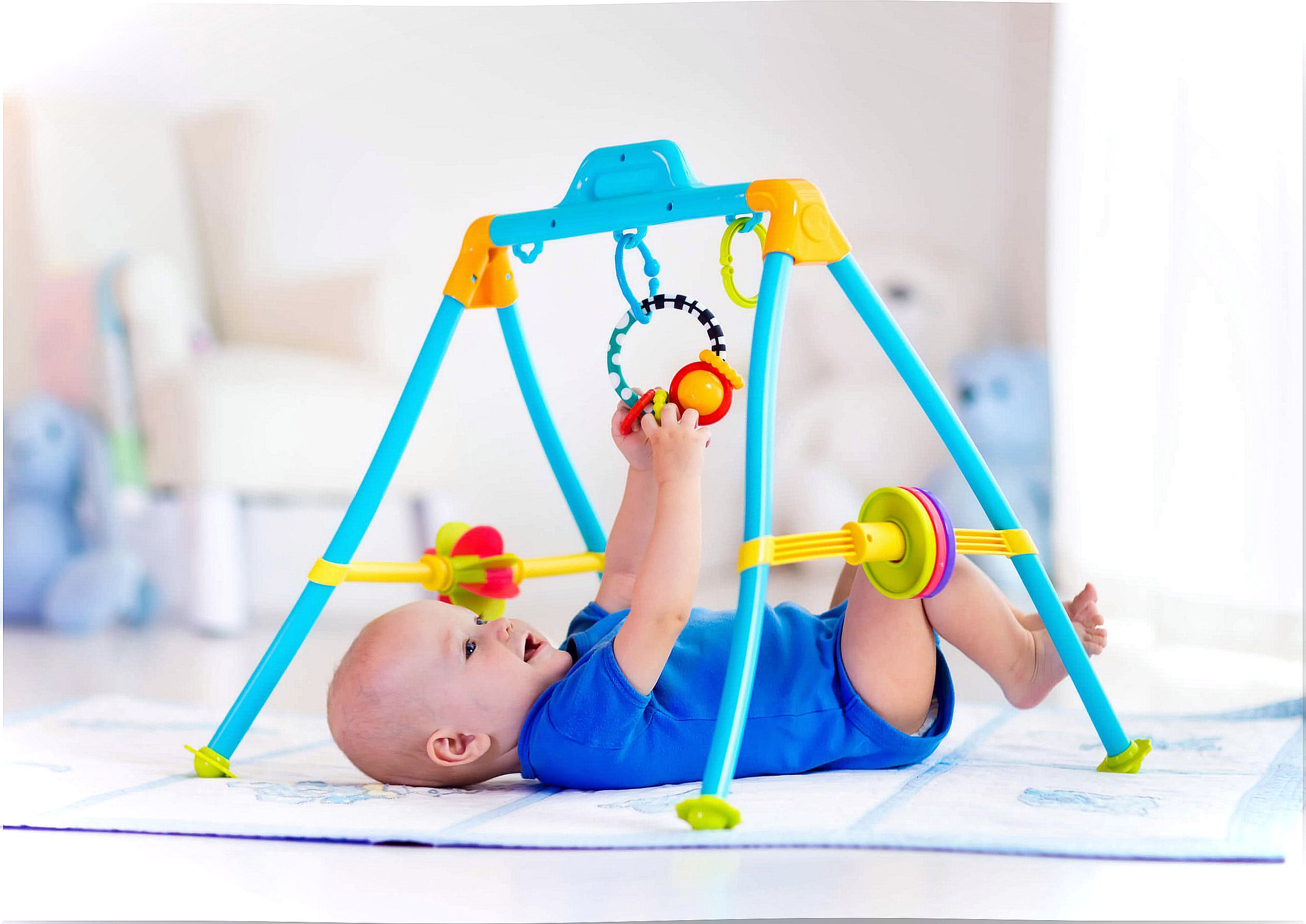
WHO recommendations for physical activity for children under 5 years of age
The World Health Organization (WHO) has published a booklet of guidelines on physical activity, sedentary behavior and sleep for children under 5 years of age. This document contains recommendations on the amount of time in a 24-hour day that children under 5 years of age should dedicate to physical activity or sleep, health and well-being.
He also talks about the recommended maximum time that these children should spend in sedentary activities based on screens or restricted time. WHO recalls that children under the age of 5 should have the opportunity to participate in a variety of play-based, safe, fun and developmentally appropriate physical activities.
In addition, he insists that the quality of sedentary time is important and non-screen-based interactive activities. These include activities such as reading, storytelling, singing, and puzzles, which are important for social and cognitive development; as well as for recreation and relaxation. In this sense, they remember, regular times for sleeping and waking up can help ensure adequate and good quality sleep.
Next, we are going to see the physical activity recommendations that the WHO recommends for children under 5 years of age in three age groups. These recommendations coincide with those made by other international organizations and government institutions.
Physical activity for children under one year
Babies under 1 year old need to be physically active several times a day in a variety of ways, particularly through interactive play on the floor. If this time is higher, much better.
Babies who are still not moving should spend at least 30 minutes in the tummy position spread throughout the day while they are awake. In addition, the WHO recommends that children under one year of age do not spend more than one hour at a time subject to chairs, high chairs or the like, even in backpacks carried by the caregiver.
Physical activity for children 1 to 2 years
For children between 12 and 24 months of age, WHO recommends that they spend at least 180 minutes in varied physical activities of any intensity, including moderate to vigorous physical activity, spread out throughout the day. If it’s longer, even better.
As in the case of babies under 1 year of age, the WHO recommends that children between the ages of 1 and 2 should not spend more than one hour at a time restrained or tied.
Physical activity for children 3-4 years
For children between the ages of 3 and 4, the WHO recommends that they spend at least 180 minutes in a variety of physical activities of any intensity. Of these, at least 60 minutes should be of moderate to vigorous intensity, spread throughout the day. If these children spend more time in physical activity, even better.
In this group, the WHO continues to insist on the importance of not spending more than one hour at a time subject to any type of chair, high chair or similar.
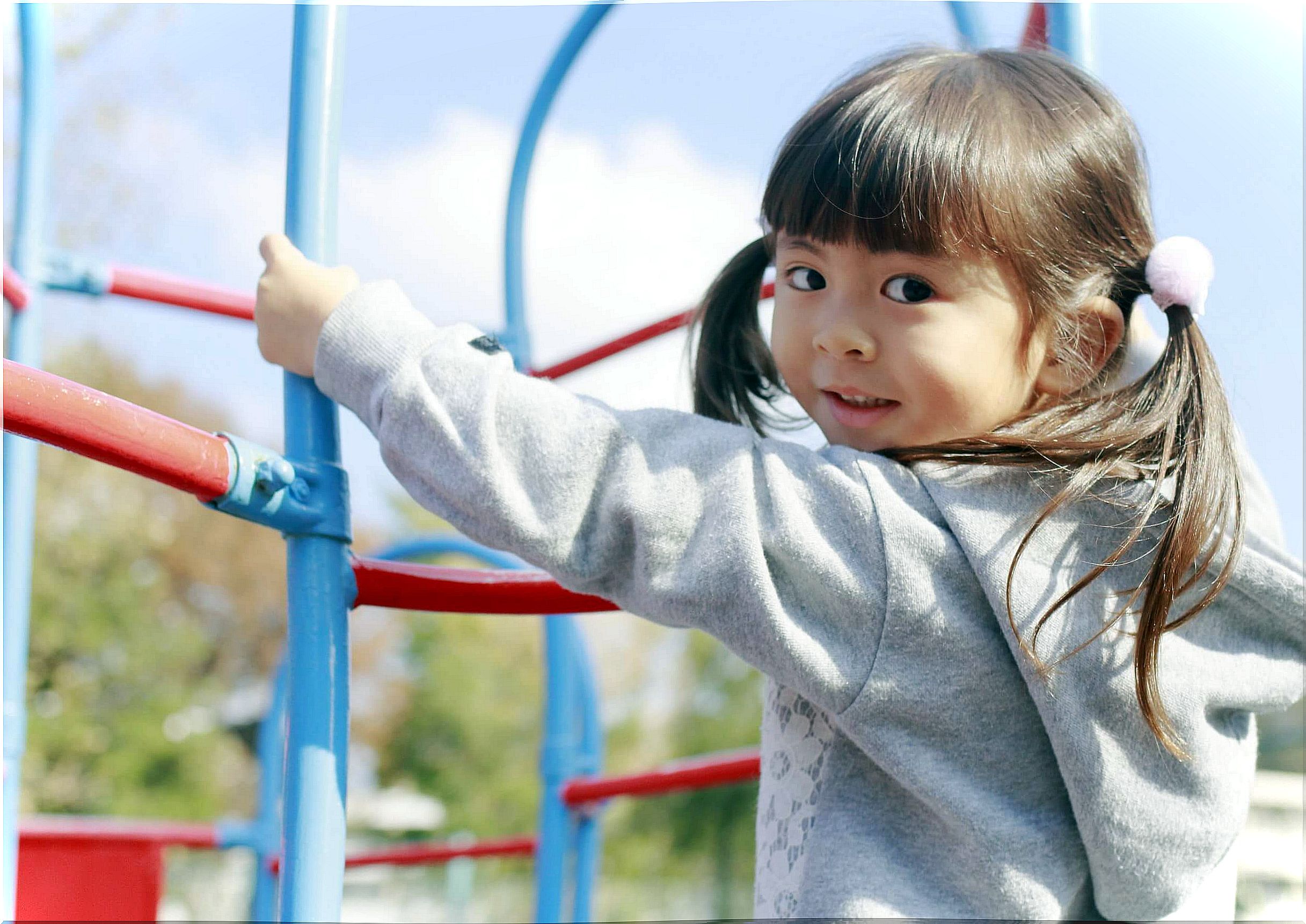
Why follow these recommendations?
These levels of physical activity they are associated with better motor and cognitive development, as well as better psychosocial (emotional regulation) and cardiometabolic health, skeletal and bone health, and lower risk of injury.
But it is just as important to take into account the time of physical activity as to take into account the time that children spend sitting , which must also be watched, especially if this time is spent giving away a screen, of whatever type.
We must not lose sight of the fact that, for young children, physical activity is vital for their development, both physical, mental and intellectual. In addition to helping build strong bones and muscles, physical activity helps children develop their balance, movement, and coordination skills.
It also promotes social skills through interactions with people and healthy brain development. In addition, physical activity fosters self-confidence and independence in children, thereby improving their self-esteem.
